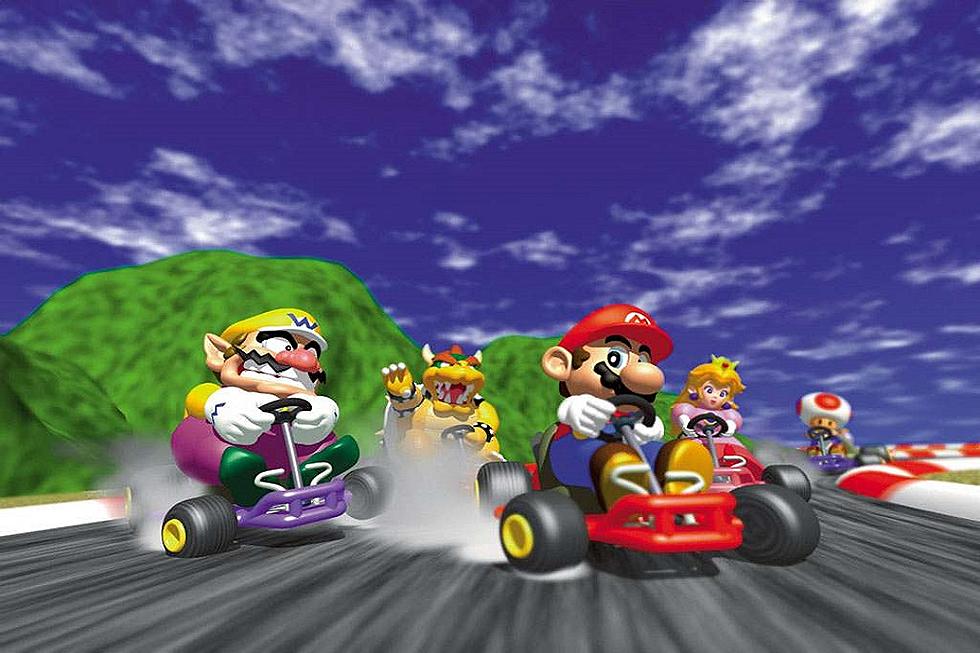
The Timeless Journey of Ocarina of Time
When it comes to the greatest games of all time, there’s something to be said for those that find themselves in a transitional period of technology. There are plenty of transitions as hardware and software creators always attempt to stay at the cutting edge of the video game industry. However, the transition from 2D to 3D development may arguably be one of the most wild and important transitions to have ever occurred. When we talk about that particular transition, there’s almost no way to leave out one of the most important pioneer titles to have ever hit the market. It was on this day 1998 that The Legend of Zelda: Ocarina of Time presented one of the most compelling cases for 3D gaming and set the bar astronomically high for all that followed.
Development of Ocarina of Time began in 1995 and the project was carried out entirely beside Super Mario 64 at the same time. In many ways, Super Mario 64 proved to be a testing ground and rough sketch of what worked and what didn’t as the team at Nintendo foraged their way into a new style of development with the Nintendo 64 console. As director of Super Mario 64 and supervisor over Ocarina of Time, Shigeru Miyamoto played with ideas that would be used for both games on a regular basis, but were immediately implemented into Super Mario 64 because of its sooner release date. By way of trial and error in this manner, these same elements in Ocarina of Time would allow for massive amounts of fine-tuning as the team approached the finished project. In fact, though the games initially used the same engine in development, the engine for Ocarina was so modified and tweaked by the time of release that it was considered by much of the team to be a thing entirely its own.
The story of Ocarina of Time follows similar beats of the formula created in its 2D incarnations. A young Hylian boy named Link has a terribly prophetic dreams of an armored fiend pursuing a beautiful young girl on horseback. Upon consolation upon this dream, Link is directed to Hylian Castle to meet with the Princess Zelda and find a way to thwart the wicked man in armor, who is Ganondorf, king of the desert tribe Gerudo and holder of the Triforce of Power. Along the way, Link gains access to the Ocarina of Time, which allows him to jump between times from his child form to his adult form in order to locate six sages who will help him to seal Ganondorf’s evil away.
As one of the first 3D action-adventure video games ever created, Ocarina of Time features many of the most rudimentary features that would become standard not just to the franchise, but to much of the genre as well. Things like lock-on targeting to track and focus on certain enemies in combat as well as numerous context-sensitive actions assigned to only a few buttons became staples of the industry as a whole. Meanwhile, nearly all of Ocarina of Time’s world was connected to Hyrule Field, which acted as a sort of hub realm to the rest of the game. Interestingly enough, Miyamoto initially wanted to include a castle hub and portal system similar to Super Mario 64. This idea was eventually dropped, but remnants of the concept can be found in an arena in which Link must do battle with an enemy that travels between paintings.
Thirty-two megabytes is miniscule compared to anything even a few years after Ocarina of Time’s launch, but at the time, the Ocarina of Time cartridge was the largest video game ever made. Even then, with just a 32-megabyte cartridge, Ocarina of Time packed more into one space than some games are capable of packing into gigabytes work. Ocarina of Time is often considered to be one of, if not the best video game of all time. It’s arguable whether the dated graphics and style hold up to modern standards, but more important than anything is the infrastructure it laid for the wealth of creativity that followed in the advance of 3D gaming. Somebody had to lay the bricks and with Ocarina, those bricks might as well have been made of gold.
More From Arcade Sushi
![Mario Is a Man of Many Hats in Super Mario Odyssey [Preview]](http://townsquare.media/site/550/files/2017/06/super-mario-odyssey.jpg?w=980&q=75)
![PAX East 2017: Mario Kart 8 Deluxe is More Than Just a Shiny Coat of Paint [Preview]](http://townsquare.media/site/550/files/2017/03/mk8dlx.jpg?w=980&q=75)





![The Nintendo Switch’s Initial Library Preaches Quality over Quantity [Preview]](http://townsquare.media/site/550/files/2017/01/switch-preview-4.jpg?w=980&q=75)
![Nintendo’s Next Killer App Could Be As Easy As 1,2 Switch [Preview]](http://townsquare.media/site/550/files/2017/01/1-2-switch-1.jpg?w=980&q=75)
